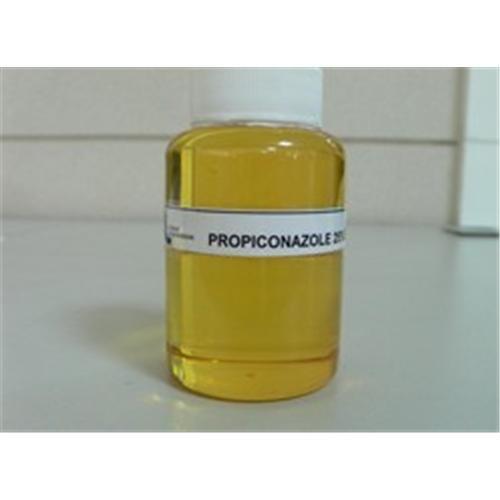First, the source of moisture (1) sawdust itself: if it is fresh sawdust, such as sawdust after processing, such as Chinese fir, eucalyptus, miscellaneous wood, etc., the water content varies greatly depending on the species of the tree, generally estimated by 60%. The oldest dry sawdust is usually at 30% of the dry weight; (2) The fecal excretion of the pig's excreta is also a large part of the daily excrement. The excrement water content is generally about 60%. It can be ignored and the urine is very large. In part, each pig is calculated based on 4 kg of excretion per day. A goldfish fermentation bed of 20 square meters and 15-20 pigs is 60 kg of water. This is a large part of the water source, so no water can be added. (3) Other drinking water residues Of course, feed residues, sometimes caused by artificial feeding, or rain extravasation, of course, must do a good job of sheltering against seepage, which is a very small part.
Secondly, the reason for not adding water is better and safer: because of the above mentioned sources of water, it is not artificially controlled and mastered. If human factors continue to add water, once the water exceeds the requirement (65%), it will become unmanageable and the functional microorganisms will be flooded. Dead, the fermentation bed will lose its effect, and when the water content is lower, the relationship is not significant, because when the water does not meet the requirements, the functional microorganisms can sleep, or fermentation slow, when they meet the requirements, play the best role, deodorant and environmental protection, Improve economic efficiency.
Therefore, it is better and safer to dry the fermentation bed.
Propiconazole is used agriculturally as a systemic fungicide on turfgrasses grown for seed and aesthetic or athletic value, wheat, mushrooms, corn, wild rice, peanuts, almonds, sorghum, oats, pecans, apricots, peaches, nectarines, plums, prunes and lemons. It is also used in combination with permethrin in formulations of wood preserver. Propiconazole is a mixture of four stereoisomers and was first developed in 1979 by Janssen Pharmaceutica. Propiconazole exhibits strong anti-feeding properties against the keratin-digesting Australian carpet beetle

Agricultural Propiconazole,Difenoconazole Propiconazole,Propiconazole Based Agricultural,Agriculture Pesticide Propiconazole
Ningxia Bornstein Import & Export Co., Ltd , https://www.bornstein-agriculture.com